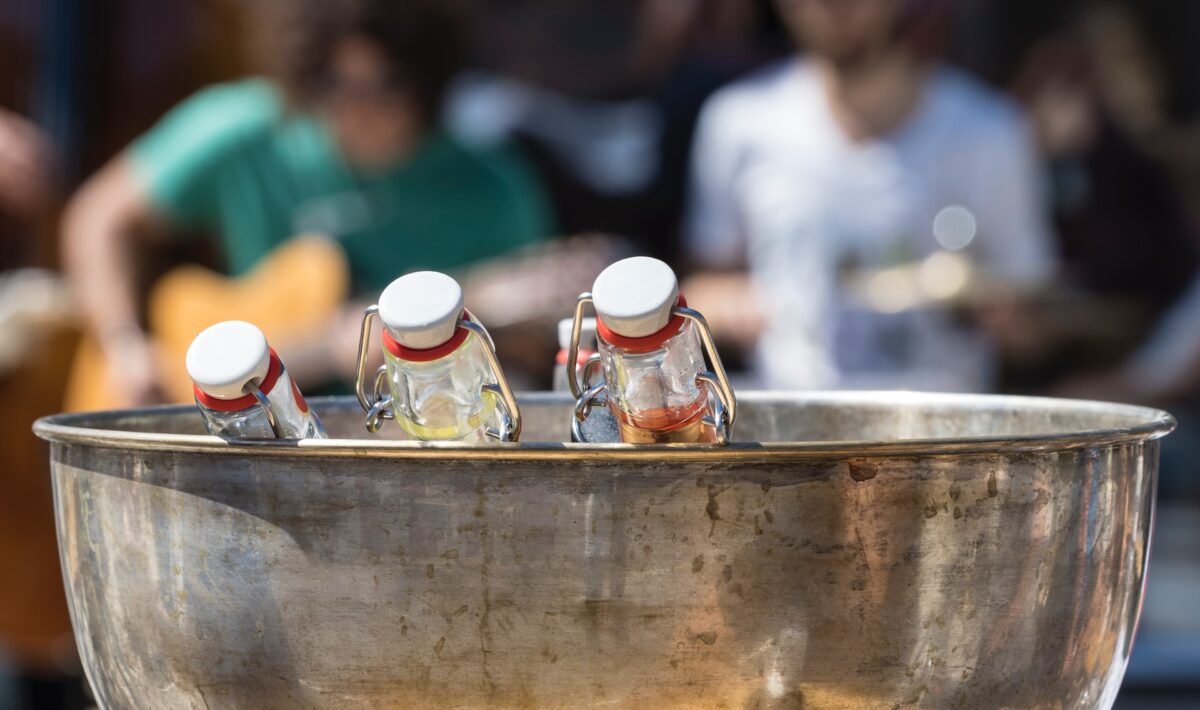Orifice reducers
Orifice reducers are small, evident plastic seals designed to allow oil flow in a bottle to be dripped rather than poured. They are most commonly used for dispensing massage oils or other liquid products. There are several types available, ranging from small to large. The best style to choose depends on your needs.
For example, an orifice reducer may dispense essential oils, lotion, bubble baths, soap, or even a scented shower gel. You can also use the same technology to measure the exact amount of cold-process soap you want to dispense. It is usually challenging to determine the correct measurements of a cold process soap’s volume, but the orifice reducer has solved that problem.
To get the best result from your orifice reducer, it’s a good idea to know closures for bottles. An ideal method is to soak the device in hot soapy water for several minutes. After the soak, remove the device from the container and scrub it well. Afterward, rinse it with warm running water. This is the easiest way to ensure that the product is clean and ready for use.
A similar trick can be applied to various other types of bottles. For instance, you can place an orifice reducer in an old glass bottle, then fill it with rubbing alcohol. This will help to break down the residue. Another trick is putting the device in a small basket you can easily reach. That way, you won’t have to worry about it getting misplaced.
While you’re at it, you may want to consider using a liquid dispensing cap. These devices have the advantage of being tamper-evident and can be used in bottles made of glass or plastic. In addition, these caps can transfer oil, and you can even use a syringe for this purpose. However, be careful because some oils may benefit from the narrow opening.
Finally, you’ll want to be aware that some more expensive models aren’t child-resistant. This is a small deal, as most containers have multiple closure options.
Threaded product closures
Threaded product closures are a type of cap used on bottles and jars. These caps are made of polypropylene, which has excellent chemical resistance. They also provide good dimensional stability.
Most closures are available in various sizes. To ensure you get the right fit, you should understand the different sizes and finish options. There are three major types. The first is a continuous thread closure. It is used for sealing and is lined with plastic. Another type is a lug and twist closure. Lastly, there is a specialty closure. These caps are designed for specific applications.
A continuous thread closure is a spiral-like cap lined with plastic or foil. They are great for sealing and can be used with various bottles. Ongoing thread closures are typically available in sizes ranging from 10mm to 110mm.
Some closures are available with liquid distribution systems, which are great for bottles with aggressive chemicals. Spout closures are also widespread, providing a resealing mechanism.
Other closures may come with a tamper-evident bead. This bead is attached to the bottom skirt of the closure. If the package is opened, the bead can break off, leaving a broken section on the container.
Depending on the product, you may need to choose between a continuous thread or lug/twist closure. Ongoing thread closures are easier to seal. However, choosing the right thread profile is crucial for a robust and reliable cap.
You may also need to choose between a specialty cap and a neck finish. An example of a specialty cap would be a cap that is engraved with different numbers or letters. The closure can be a simple lip-like design in the case of a neck finish.
When choosing a closure, it is essential to ensure that it is compatible with the bottle. To do so, you should consider the bottleneck size.
Also, remember that the finish of the closure should be the same as the finish of the bottle. This is especially important in cases where the closure will be used with a glass bottle.

